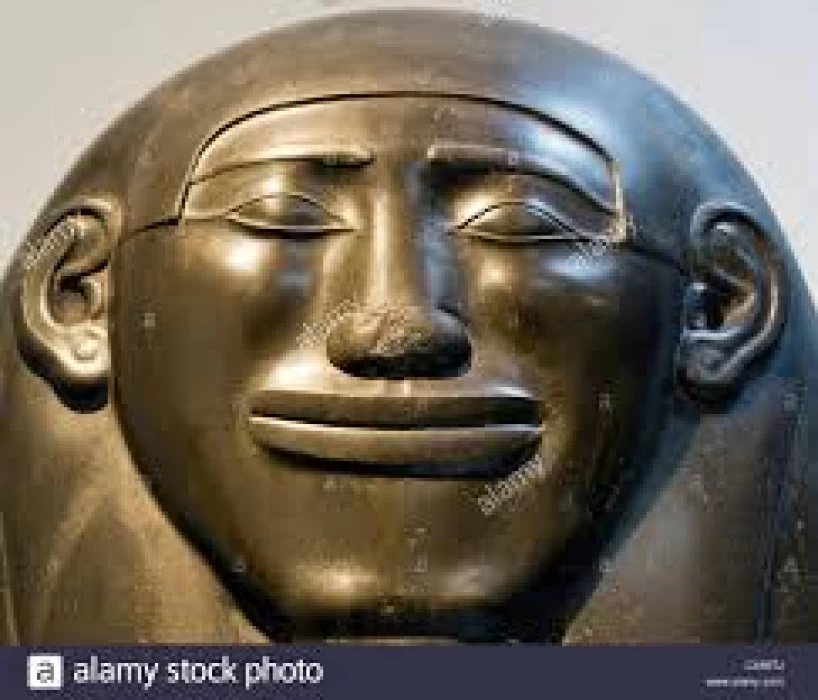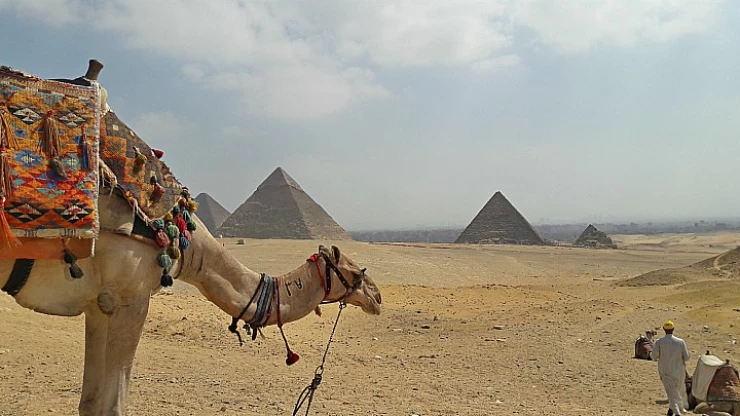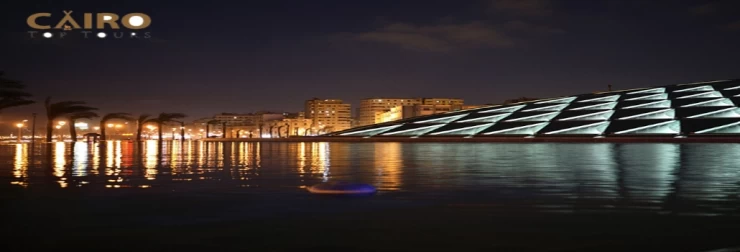
The 27th Dynasty in Ancient Egypt
The 27th and final dynasty brought an upheaval that characterized the history of Egypt, which was the domination of the Persians. After resisting for centuries, Cambyses’ second would complete the conquest of Egypt in the year 525 BC. This period was foreign but would greatly change the face of the nation.
The history of Achaemenid Egypt is split into two periods: the first, during which Egypt was occupied by the Achaemenid Persians and became a satrapy, was followed by a period of independence; and the second, during which the Achaemenids occupied Egypt once more.
In the battle of Pelusium in the eastern Nile delta in 525 BC, Cambyses II of Persia overthrew Psamtik III, the final pharaoh of the Twenty-sixth dynasty. Egypt was then included in the Achaemenid Empire's sixth satrapy, along with Cyprus and Phoenicia. This marked the start of the 27th Dynasty, the first Persian period of authority over Egypt, which lasted until about 402 BC.
Following a period of freedom that saw the rise to power of three native dynasties (the 28th, 29th, and 30th dynasties), Artaxerxes III (358–338) briefly retook the Nile valley (343–332), ushering in what is known as the thirty-first dynasty of Egypt.
Three failed military expeditions against Carthage, the Siwa Oasis, and Nubia were launched by Cambyses in Africa. He lived in Egypt until 522 BC, when he passed away en route to Persia. The Greek and Jewish sources, particularly Diodorus Siculus and Herodotus, paint a dismal picture of Cambyses' reign, portraying the king as insane, wicked, and brutal. Regretfully, it is impossible to compare these texts with Egyptian sources because it seems that all unofficial papers try their hardest to downplay the importance of Cambyses.
The kings of the 27th dynasty”
- Cambyses II (525-522 BC): Darius’s son, ruler of soldiers and Egypt after subduing the Egyptians.
- Bardiya (522 BC): Conflicted opinions. Deposed monarch with a quick rule.
- Darius I (522-486 BC): Clever and wonderful king of Persia. Established absolute control over Egypt.
- Xerxes I (486-465 BC): Imposed on the Greeks, sealed the domination over the Egypt.
- Artaxerxes I (465-424 BC): Egypt was relatively stable for a period in his reign
- Xerxes II and Sogdianos (424 BC): Twin Asian sovereigns of Persia, whose reign was so short in respect to chronology.
- Darius II (424-404 BC): During his rule, there was a revolt of Amyrteus.
- Artaxerxes II (404-358 BC): The last Persian king to Egypt before the Amyrteus revolt.
















